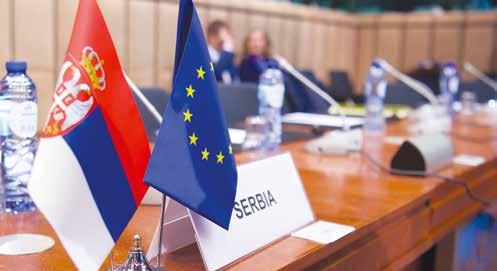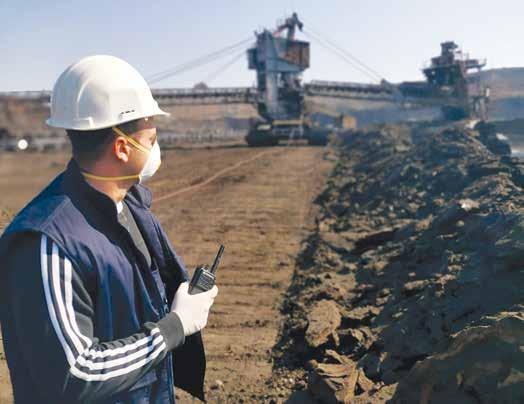WORLD BANK
SERBIA’S NEW GROWTH AGENDA
Forging A New Future
Serbia is at a crossroads. Although current growth rates are improving incomes in Serbia, they are not bringing the country closer to average living standards in the European Union fast enough. The current 3 to 4% growth per year is at the upper end of Serbia’s current potential growth
T
o reach European levels of prosperity, Serbia must embrace a new, ambitious agenda for growth. Two decades ago, Serbia made the choice to leave behind years of war and rapidly reconstruct its economy. It curbed hyperinflation and steadily restored broken infrastructure. Real GDP growth of 6.6% ensued, interrupted only by the global financial
30
July
crisis. Now, as then, Serbia must be willing to set another high goal of doubling its income in a decade. Only strong political will, stemming from a broad consensus, can bring about the policies needed to achieve this. Serbia can deliver on an ambitious reform agenda for growth, as it has before. Skeptics may argue it is unrealistic for Serbia to grow at seven per cent instead of 3-4% annually, or to generate 100,000 jobs each year, or to abandon the legacy of pervasive state control of the economy. But in 2014 sceptics would have dismissed the likelihood that Serbia would, in 3-5 years, turn a deficit of six per cent of GDP into a surplus, nearly halve unemployment from almost 20% to 13%, or slash public debt from 67 to 54% of GDP. Yet it did. Sustaining the success of these reforms underpins the foundation for the New Growth Agenda. Serbia can become a fast-growing, sophisticated modern economy, driven by its private sector, if it maintains the hards won gains of macroeconomic stability and advances transformation in the following areas: Boosting investment. Investment, private and public, is an expression of confidence in the future, and higher levels of it will be both the cause and effect of higher growth in Serbia. An
overall investment level of at least 26% of GDP would be needed to reach a 7% growth rate and to sustain that for a prolonged period of time. Based on historical patterns in similar countries, Serbia could add one percentage point to annual growth by increasing public investment alone to five per cent of GDP. Considerably more could come from closing the gap in private investment, given that Serbia’s private sector invests nearly three percentage points of GDP less than firms in Western Balkan countries and nearly six percentage points less than those in Central and Eastern Europe. Ensuring quality of investment is essential as well, including reforms of the public investment management system. Financing growing firms. The financial sector enables investment. Obtaining credit can be the difference between expansion or stagnation for small enterprises or start-ups that have innovative ideas and entrepreneurial drive. And in Serbia the financial sector lacks instruments that best suit their needs. Introducing new financing options and invigorating capital markets would help increase the ratio of private-sector credit to GDP, which is currently only half of the EU average. Achieving EU levels of financial intermediation would boost Serbia’s GDP by 1.3% annually.












